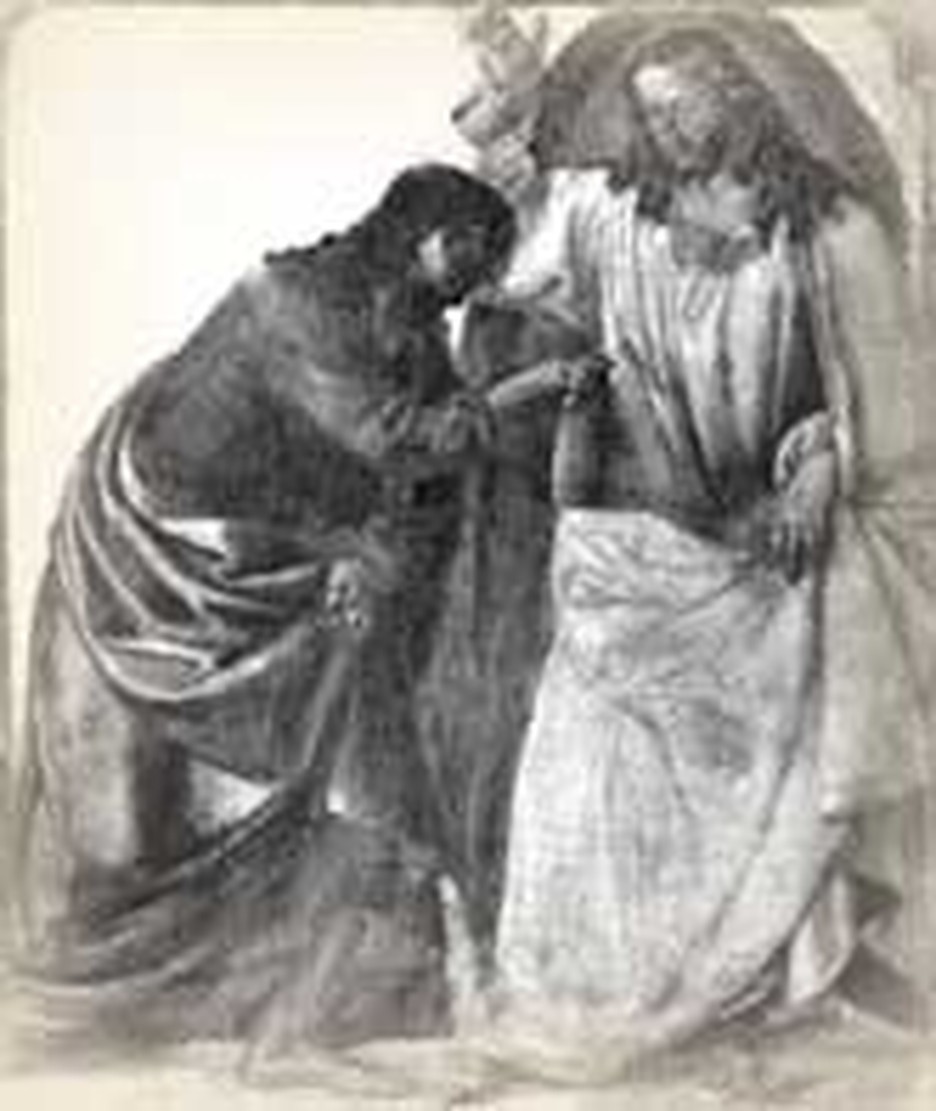
The apostle Thomas, after our Lord’s ascension, continued to preach the gospel in various parts of Judaea; till at length, being interrupted by the dispersion of the Christian church in Jerusalem, he repaired into Parthia, the province assigned him for his ministry. He afterward preached the gospel to the Medes, Persians, Carmans, Hyrcani, Bractarians, and the neighboring nations. During his preaching in Persia, he is said to have met with the magi. or wise men, who had taken that long journey at our Saviour’s birth to worship him, whom he baptized, and took with him, as his companions and assistants in propagating the gospel.
Leaving Persia, he traveled into Ethiopia, preaching the glad tidings of the gospel, healing the sick, and working other miracles, to prove he had his commission from on high.
After traveling through these countries, he entered India, and went first to Socotora, an island in the Arabian Sea, and then to Cranganor, whence, having converted many from the error of their ways, he traveled farther into the east. Having successfully preached the gospel here, he returned back to the kingdom of Coromandel, where at Malipur, the metropolis of the kingdom, not far from the mouth of the Ganges, he began to erect a place for divine worship, but was interrupted by the idolatrous priests, and Sagamo, prince of the country. However, after he had performed several miracles, he was suffered to proceed in the work, and Sagamo himself embraced the Christian faith, whose example was soon followed by great numbers of his friends and subjects.
This remarkable success alarmed the Brahmins, who plainly perceived that their religion would be soon extirpated unless some method could be found of putting a stop to the progress of Christianity; they therefored resolved to put the apostle to death. At a small distance from the city was a tomb, whither St. Thomas often retired for private devotion. Hither the Brahmins and their armed followers pursued him; and while he was at prayer they first threw at him a shower of darts, after which one of the priests ran him through with a lance. His corpse was taken up by his disciples, and buried in the church he had caused to be erected, and which was afterward improved into a fabric of very great magnificence.
St. Chrysostom says that St. Thomas, who at first was the weakest and most incredulous of all the apostles, became, through Christ’s condescension to satisfy his scruples, and the power of the divine grace, the most active and invincible of them all; traveling over most parts of the world, and living without fear in the midst of barbarous nations, through the efficacy of that Almighty power, which can make the weakest vessels to perform acts of the greatest difficulty and moment.
Resources: This story is adapted from John Kitto's 1870 History of the Bible and represents the commonly accepted views about this apostle among rank and file believers in the late 19th century.


.png)